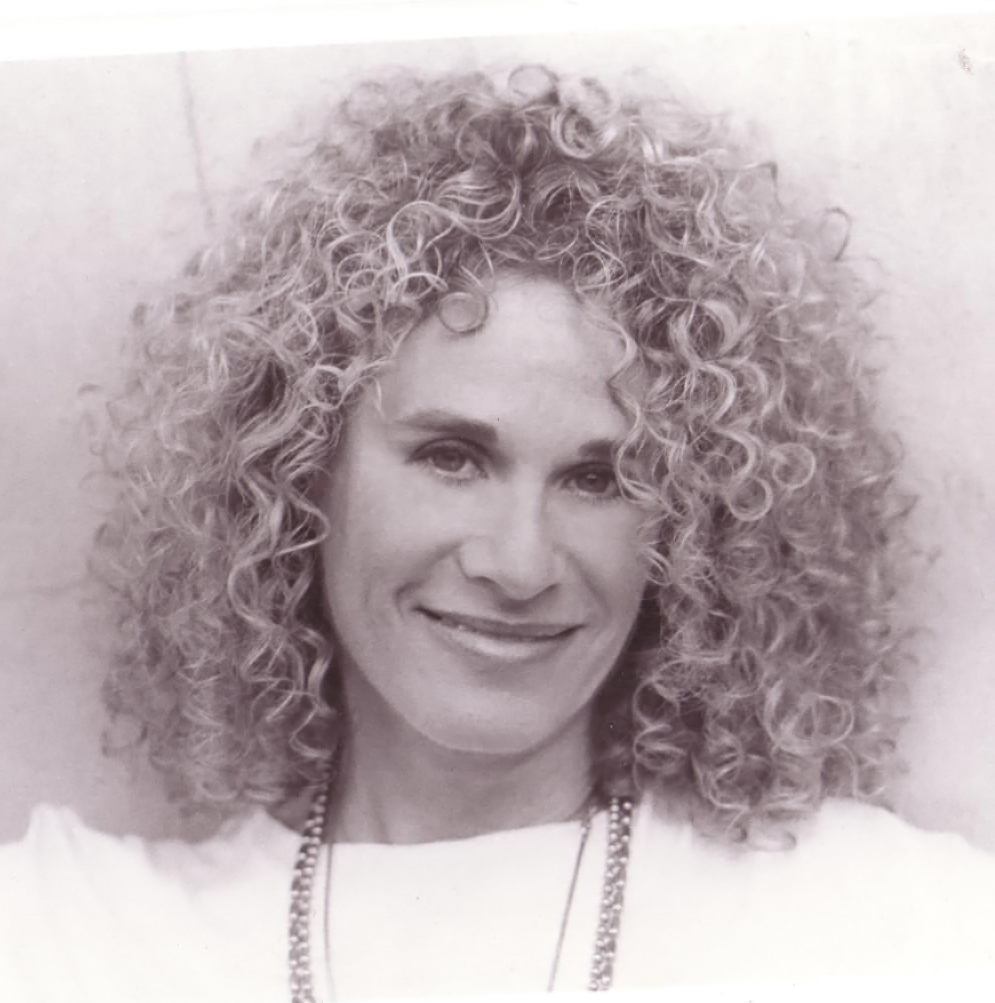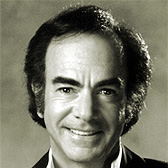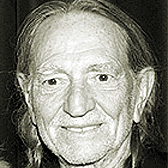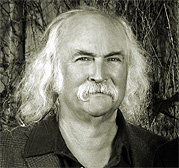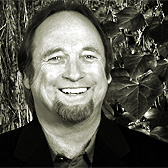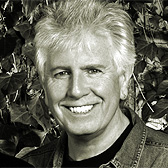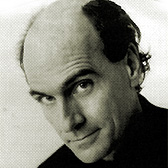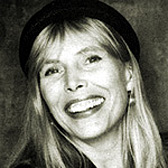
Respected, influential multi-genre songwriter gave us "Both Sides, Now"
Joni Mitchell
InducteeSelf-produced all her albums, designed her own album art
Joni Mitchell's songs, frequently confessional, sometimes obscure, always literate and musically adventurous, form one of the most striking bodies of work in the popular music of the last three decades.
She was born Roberta Joan Anderson on November 7, 1943 in Fort Macleod, Alberta in Canada. Her mother taught school and her father was a grocer. While she was still very young, the family moved to North Battlefored, Saskatchewan. At the age of seven years old, she convinced her parents to let her take piano lessons, but after a year and a half the lessons came to an end. At the time, her most important creative outlet was art, not music. When she was nine years old, her family moved again, this time to Saskatoon, Saskatchewan. These were the years of terrible polio epidemics, and Joan was one of that disease's victims. She was one of the lucky ones, though--after a stay in the hospital, she succeeded in getting back the use of her legs.
When she was twelve, she was strongly influenced by an English teacher, Mr. Kratzman, who encouraged her to develop her writing talent. And then, in her teens, she became interested in folk music. She learned to play the ukelele and began performing at parties. After graduating from high school, she became a student at the Alberta College of Art in Calgary, hoping to become a painter. While there, however, she began singing in a local folk music club, and in 1964, at the end of her first year of college, she decided to leave school and move to Toronto in order to pursue a career as a folksinger. Around this time, in addition to performing the popular folksongs of the day, she also began writing songs of her own.
In February of 1965, she gave birth to a daughter by a college ex-boyfriend. A few weeks after the birth, she married a Toronto folksinger, Chuck Mitchell. Shortly afterward, it became necessary for her to give her daughter up for adoption. Then, in the summer of 1965, the Mitchell’s moved to Detroit, where they performed as Joan and Chuck Mitchell. After a year and a half, the marriage broke up, and in. 1967, now known as Joni Mitchell, she moved to New York City. Initially, she considered returning to her artistic roots to pursue a career in design and clothing. However, she found herself rapidly gaining success as a folk singer. She became friendly with Elliot Roberts, who became her manager. With his help, she began to build a following not just in New York but all over the East coast both as a singer and, even more, as a songwriter. Soon a number of well-known folksingers began recording her songs, including Tom Rush, Buffy Saint-Marie, and Dave Von Ronk.
Performing in Coconut Grove, Florida, Mitchell met David Crosby and towards the end of 1967, she left New York to move in with Crosby in California. Crosby persuaded Reprise records to record her, and he produced her first album, entitled Joni Mitchell, which was released in March of 1968.
In December of 1968, Judy Collins scored a huge international bit single with a song written by Mitchell, "Both Sides Now.” As a result of this, when Joni Mitchell's second album Clouds, which included her own version of "Both Sides Now", was released in April 1969, it received a lot of attention. Another popular track from this album was "Chelsea Morning" (the song is said to have inspired the naming of President Bill Clinton's daughter Chelsea). The album won her a Grammy as Best Folk Performance.
David Crosby had introduced Mitchell to Graham Nash, and soon after the introduction, Mitchell moved in with Nash in Los Angeles. She began touring as an opening act for Crosby, Stills, & Nash, who soon had a major hit with Mitchell’s composition "Woodstock".
In 1970, she came out with her third album Ladies of the Canyon. This was a breakthrough album for her, with such songs as "For Free", "Big Yellow Taxi", "The Circle Game", and her own version of "Woodstock". It was her first gold album. Then in 1971, came Blue, an intensely introspective album that became a great success both with the critics and with the public. This album marked the beginning of a shift to a more rock-based style in Mitchell’s music. Around this time, she moved to British Columbia, staying with her friend David Geffen whenever she was in Los Angeles. In October 1972, For the Roses was released, once again with great critical and popular success. One of the songs from this album, "You Turn Me On., I'm A Radio" became a hit single. This was followed in 1974 by Court and Spark, in which her style evolved into a more popular but still sophisticated direction. "Help Me" from this album became a top ten single. Shortly afterward, she moved back to LA (while still keeping her British Columbia home), sharing a house with John Guerin, her drummer on Court and Spark.
By this time, Joni Mitchell was well established as one of the most original voices in popular music. She broke up with John Guerin in 1976 and stayed for a while a Neil Young's house. She scored another major popular and critical success with that year's album Hejira.
In 1977, the legendary jazz bassist and composer Charles Mingus, who was already seriously ill with the disease that would kill him less than two years later, got in touch with Joni Mitchell and initiated the collaboration that led to her 1979 album Mingus, and also to an increased presence of jazz in her music.
In 1982, Joni Mitchell married bass player Larry Klein. Beginning with 1982's Wild Things Must Run, Klein was an important presence in Mitchell's work, both as a player and as a co-producer. Although they separated amicably in 1993, they continued to work closely together, and Klein assisted her in the production of 1995's album Turbulent Indigo, which won Mitchell a Grammy for Best Pop Album.
The true mark of a great songwriter, Mitchell words and music are so versatile and lyrical that her compositions have been recorded by artists from every genre, including Bob Dylan, Percy Faith, Amy Grant, Chet Atkins, Frank Sinatra, Dion, Andy Williams, Glen Campbbell, Tori Aos, The Byrds, Crosby Stills and Nash, James Taylor, Michael Feinstein, Neil Diamond, Willie Nelson and Bing Crosby. Over the years, she has shown great skill as a recording artist in choosing the musicians she would work with on each project. These have included, at different times, Stephen Stills, James Taylor, guitarist Larry Carlton, fusion bassist Jaco Pastorius, and fusion saxophonist Wayne Shorter.
Joni Mitchell has received numerous Grammy awards and nominations. She was the recipient of Billboard’s prestigious Century Award for “distinguished creative achievement” in 1995 and in 1997 she was inducted into both the Songwriters Hall of Fame and the Rock and Roll Hall of Fame.


